Science Visualized
-
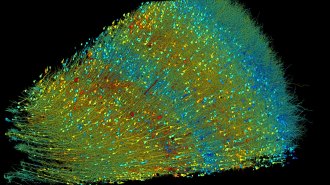 Neuroscience
NeuroscienceBiological puzzles abound in an up-close look at a human brain
Mirror-image nerve cells, tight bonds between neuron pairs and surprising axon swirls abound in a bit of gray matter smaller than a grain of rice.
-
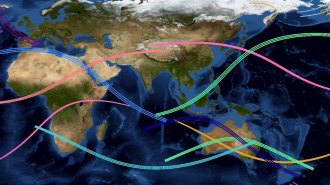 Space
SpaceExplore a map of the next 15 total solar eclipses
Check out our interactive map showing the path and timing for every total solar eclipse from 2024 to 2044.
-
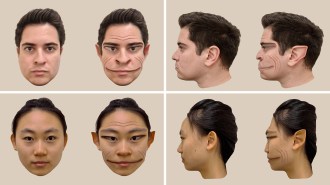 Health & Medicine
Health & MedicineHere’s what distorted faces can look like to people with prosopometamorphopsia
A patient with an unusual variation of the condition helped researchers visualize the demonic distortions he sees when looking at human faces.
By Anna Gibbs -
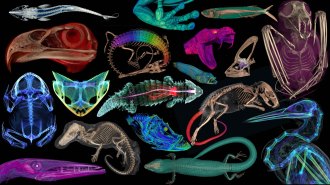 Animals
AnimalsSee 3-D models of animal anatomy from openVertebrate’s public collection
Over six years, researchers took CT scans of over 13,000 vertebrates to make museum collections more easily accessible to researchers and the public.
-
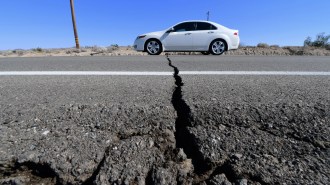 Earth
EarthWhere are U.S. earthquakes most likely? A new map shows the hazard risks
Updates to the National Seismic Hazard Model have elevated the average ground shaking hazard across the country.
By Nikk Ogasa -
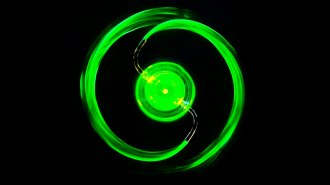 Physics
PhysicsWhat happens when lawn sprinklers suck in water? Physicists answer that quirky question
Experiments with a floating sprinkler and laser-illuminated microparticles revealed the surprisingly complex physics behind a simple question.
-
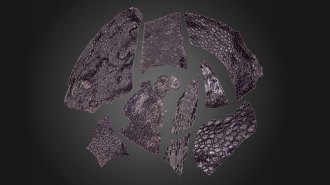 Paleontology
PaleontologyThe oldest known fossilized skin shows how life adapted to land
The nearly 290 million-year-old cast belonged to a species of amniotes, four-legged vertebrates that today comprises all reptiles, birds and mammals.
By Nikk Ogasa -
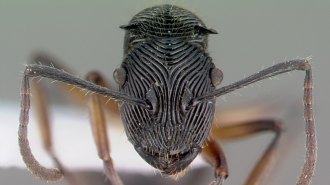 Animals
AnimalsAnt face patterns like swirls and stubble might have practical value
Reviewing thousands of ant photos hints that facial surface patterns might offer benefits, like structural support or abrasion protection.
By Susan Milius -
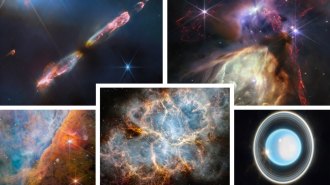 Space
SpaceThe James Webb telescope took some stunning images in 2023
Star nurseries. Planets. Supernova remnants. Here’s a look at some of this year’s stellar JWST images. And the mission is still just getting started.
-
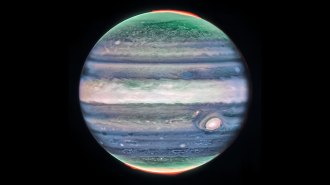 Planetary Science
Planetary ScienceJWST spotted a new speedy jet stream in Jupiter’s atmosphere
Seen in images from the James Webb Space Telescope, the high-altitude feature may help untangle the inner workings of the giant planet’s atmosphere.
-
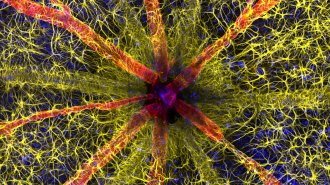 Life
LifeThe inside of a rat’s eye won the 2023 Nikon Small World photo contest
The annual competition puts the spotlight on science and nature in all its smallest glory.
-
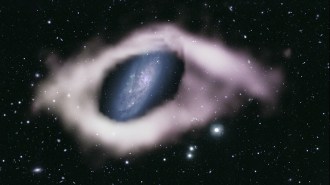 Astronomy
AstronomyThis ‘polar ring’ galaxy looks like an eye. Others might be hiding in plain sight
New images of two galaxies reveal what look like rarely seen rings of hydrogen gas nearly perpendicular to the galaxies’ starry disks.
By Elise Cutts